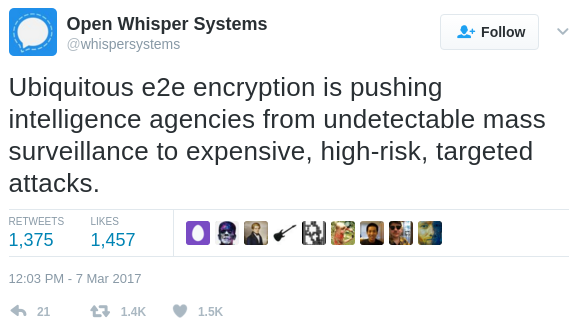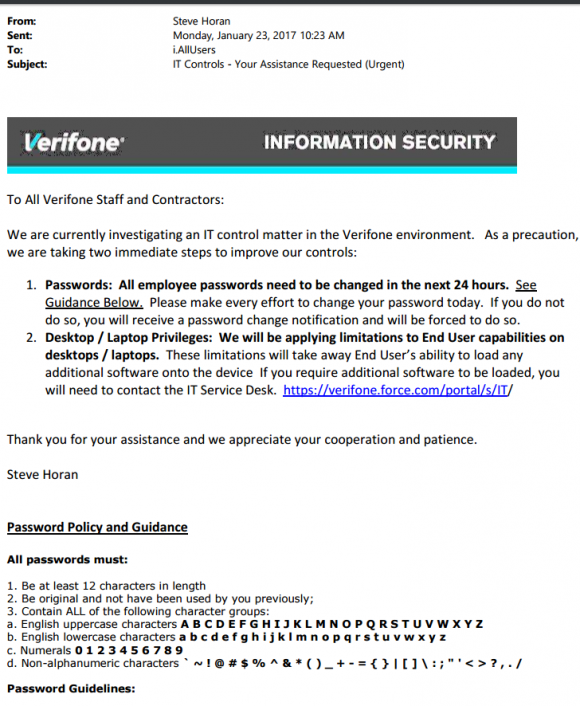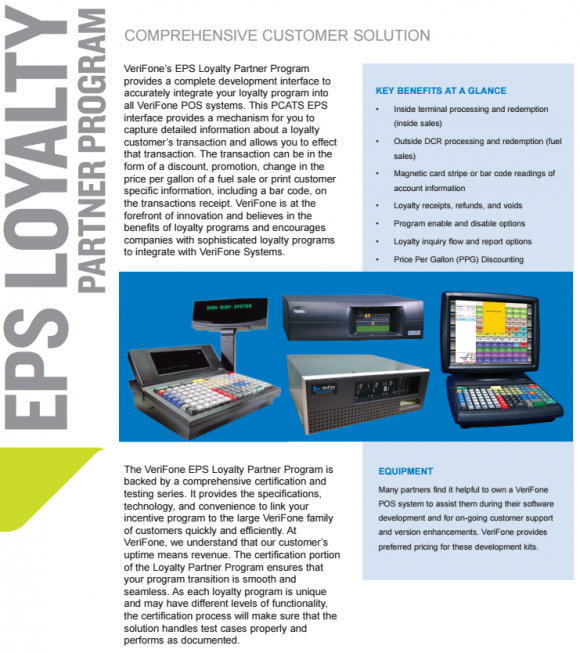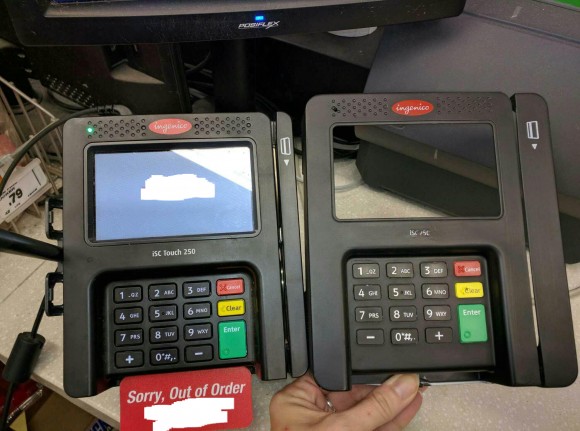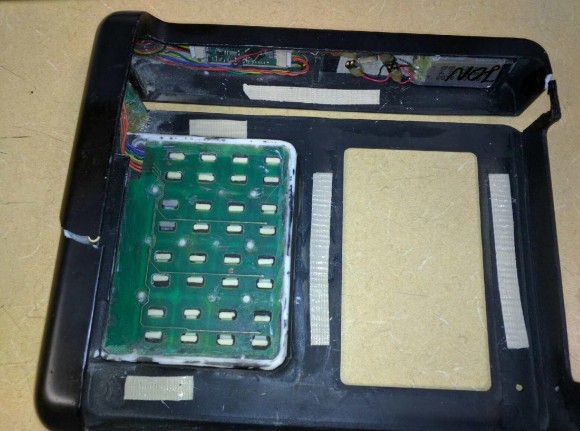“Between two evils, I always pick the one I never tried before.” -Karim Baratov (paraphrasing Mae West)
The U.S. Justice Department today unsealed indictments against four men accused of hacking into a half-billion Yahoo email accounts. Two of the men named in the indictments worked for a unit of the Russian Federal Security Service (FSB) that serves as the FBI’s point of contact in Moscow on cybercrime cases. Here’s a look at the accused, starting with a 22-year-old who apparently did not try to hide his tracks.
According to a press release put out by the Justice Department, among those indicted was Karim Baratov (a.k.a. Kay, Karim Taloverov), a Canadian and Kazakh national who lives in Canada. Baratov is accused of being hired by the two FSB officer defendants in this case — Dmitry Dokuchaev, 33, and Igor Sushchin, 43 — to hack into the email accounts of thousands of individuals.

Karim Baratov (a.k.a. Karim Taloverov), as pictured in 2014 on his own site, mr-karim.com. The license plate on his BMW pictured here is Mr. Karim.
Reading the Justice Department’s indictment, it would seem that Baratov was perhaps the least deeply involved in this alleged conspiracy. That may turn out to be true, but he also appears to have been the least careful about hiding his activities, leaving quite a long trail of email hacking services that took about 10 minutes of searching online to trace back to him specifically.
Security professionals are fond of saying that any system is only as secure as its weakest link. It would not be at all surprising if Baratov was the weakest link in this conspiracy chain.
A look at Mr. Baratov’s Facebook and Instagram photos indicates he is heavily into high-performance sports cars. His profile picture shows two of his prized cars — a Mercedes and an Aston Martin — parked in the driveway of his single-family home in Ontario.
A simple reverse WHOIS search at domaintools.com on the name Karim Baratov turns up 81 domains registered to someone by this name in Ontario. Many of those domains include the names of big email providers like Google and Yandex, such as accounts-google[dot]net and www-yandex[dot]com.
Other domains appear to be Web sites selling email hacking services. One of those is a domain registered to Baratov’s home address in Ancaster, Ontario called infotech-team[dot]com. A cached copy of that site from archive.org shows this once was a service that offered “quality mail hacking to order, without changing the password.” The service charged roughly $60 per password.
The proprietors of Infotech-team[dot]com advertise the ability to steal email account passwords without actually changing the victim’s password. According to the Justice Department, Baratov’s service relied on “spear phishing” emails that targeted individuals with custom content and enticed the recipient into clicking a link.
Antimail[dot]org is another domain registered to Baratov that was active between 2013 and 2015. It advertises “quality-mail hacking to order!”:
Another email hacking business registered to Baratov is xssmail[dot]com, which also has for several years advertised the ability to break into email accounts of virtually all of the major Webmail providers. XSS is short for “cross-site-scripting.” XSS attacks rely on vulnerabilities in Web sites that don’t properly parse data submitted by visitors in things like search forms or anyplace one might enter data on a Web site.
In the context of phishing links, the user clicks the link and is actually taken to the domain he or she thinks she is visiting (e.g., yahoo.com) but the vulnerability allows the attacker to inject malicious code into the page that the victim is visiting.
This can include fake login prompts that send any data the victim submits directly to the attacker. Alternatively, it could allow the attacker to steal “cookies,” text files that many sites place on visitors’ computers to validate whether they have visited the site previously, as well as if they have authenticated to the site already.
Perhaps instead of or in addition to using XSS attacks in targeted phishing emails, Baratov also knew about or had access to other cookie-stealing exploits collected by another accused in today’s indictments: Russian national Alexsey Alexseyevich Belan.
According to government investigators, Belan has been on the FBI’s Cyber Most Wanted list since 2013 after breaking into and stealing credit card data from a number of e-commerce companies. In June 2013, Belan was arrested in a European country on request from the United States, but the FBI says he was able to escape to Russia before he could be extradited to the U.S. Continue reading



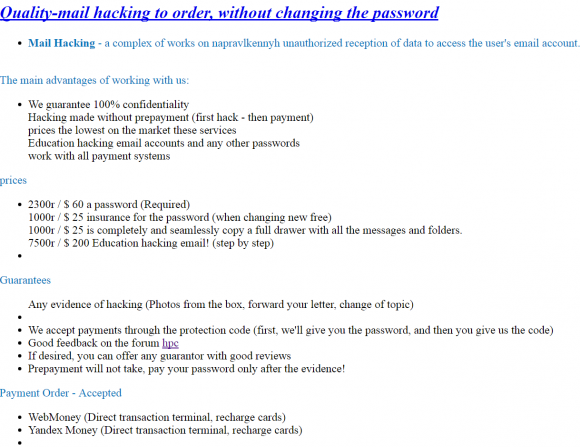
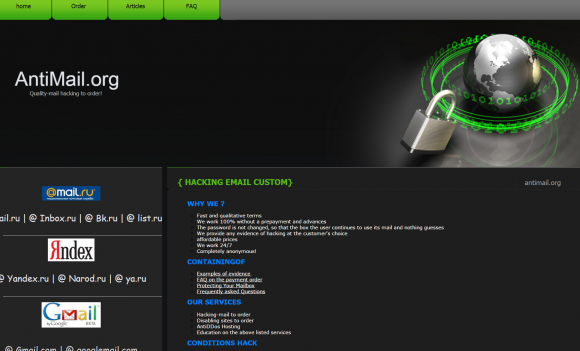
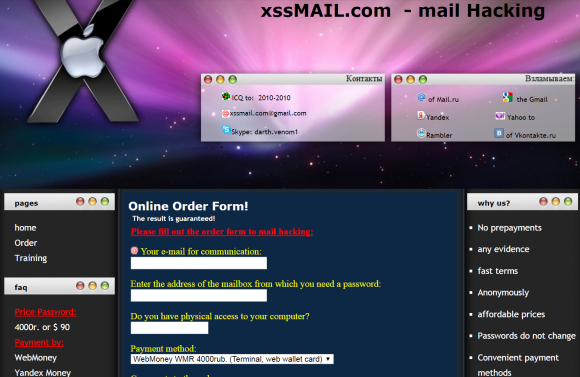

 Microsoft’s
Microsoft’s 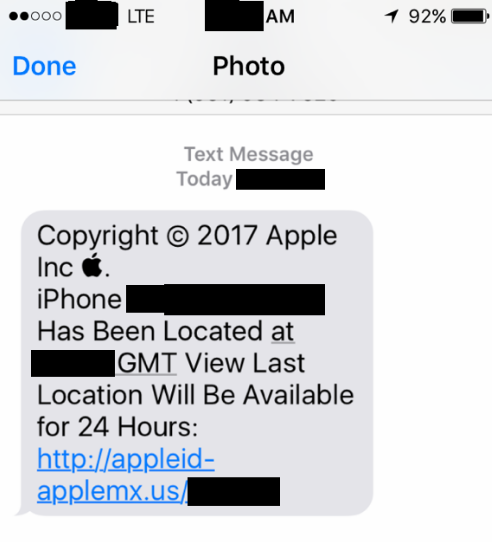
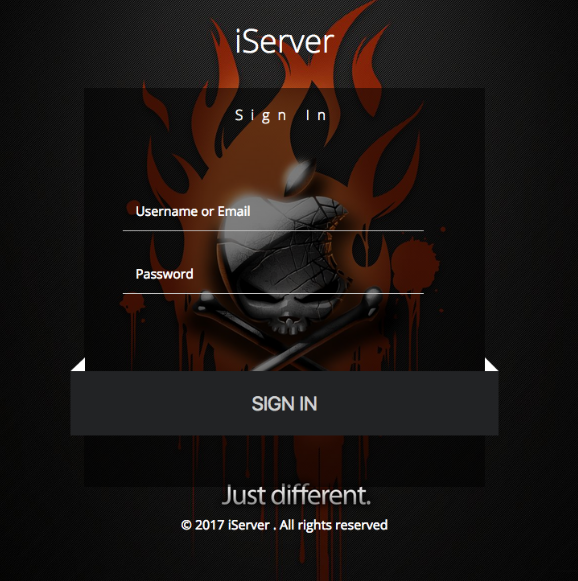
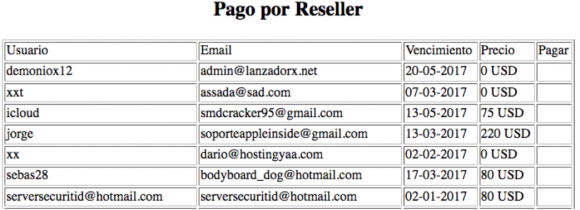
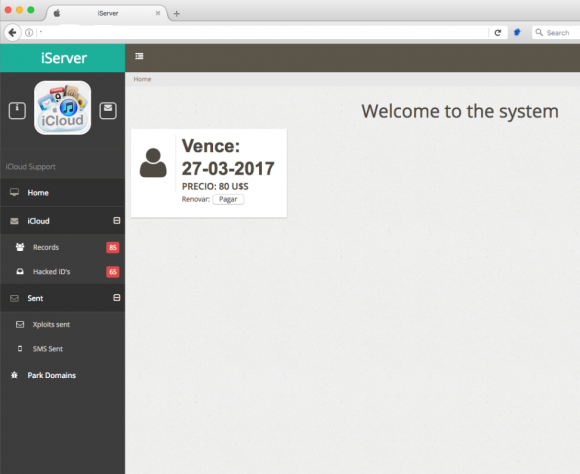
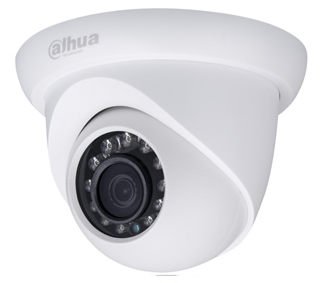 On March 5, a security researcher named Bashis posted to
On March 5, a security researcher named Bashis posted to 

